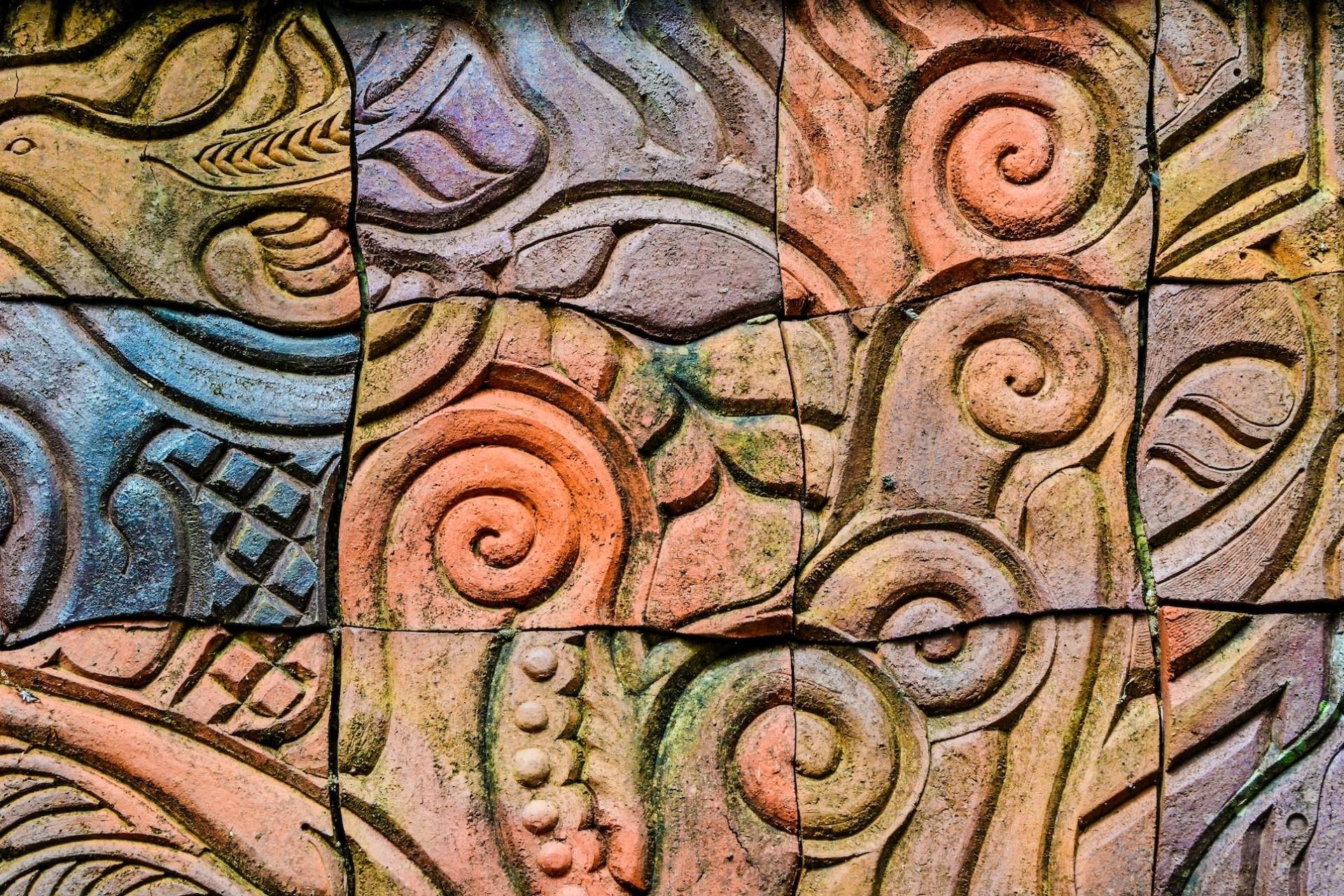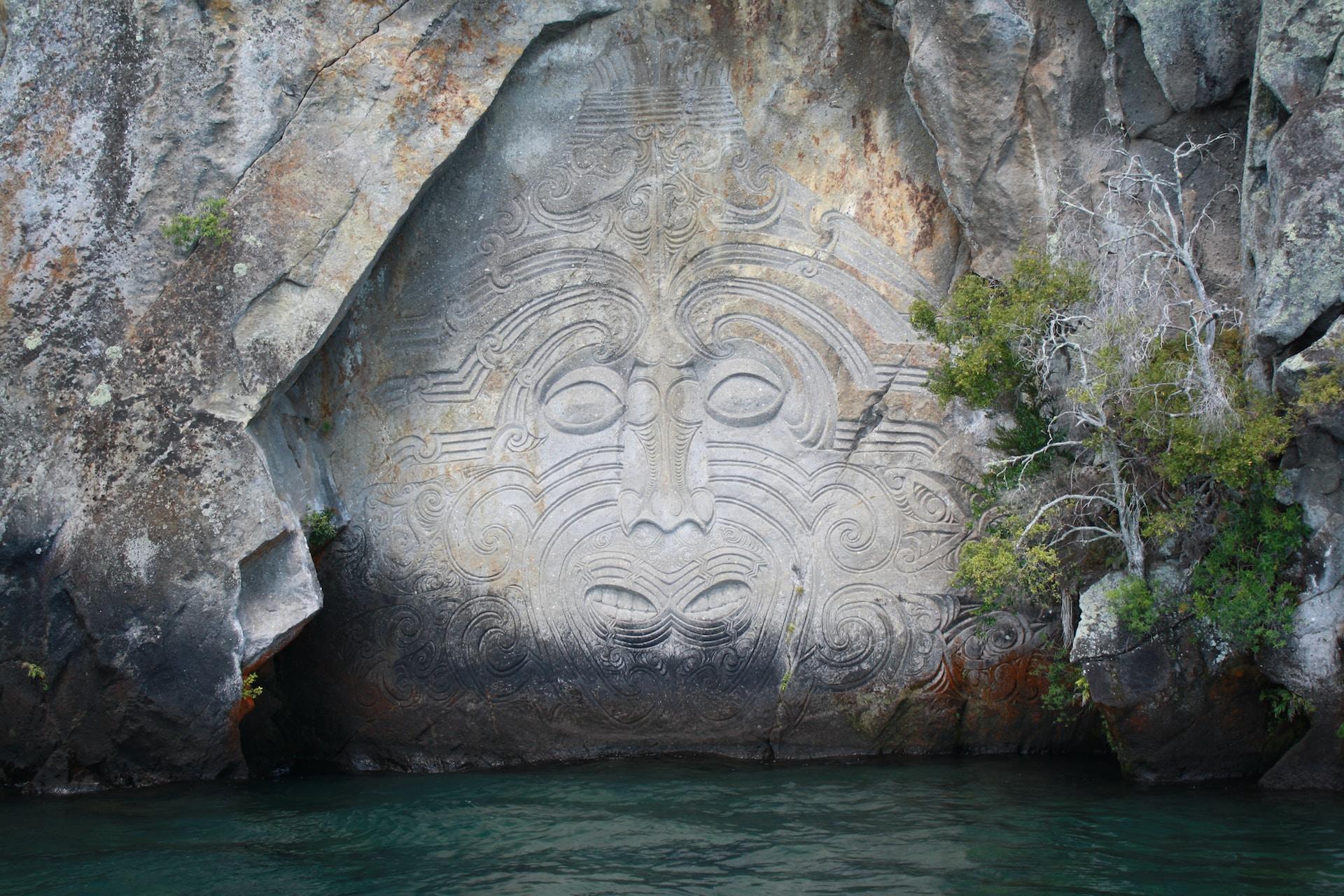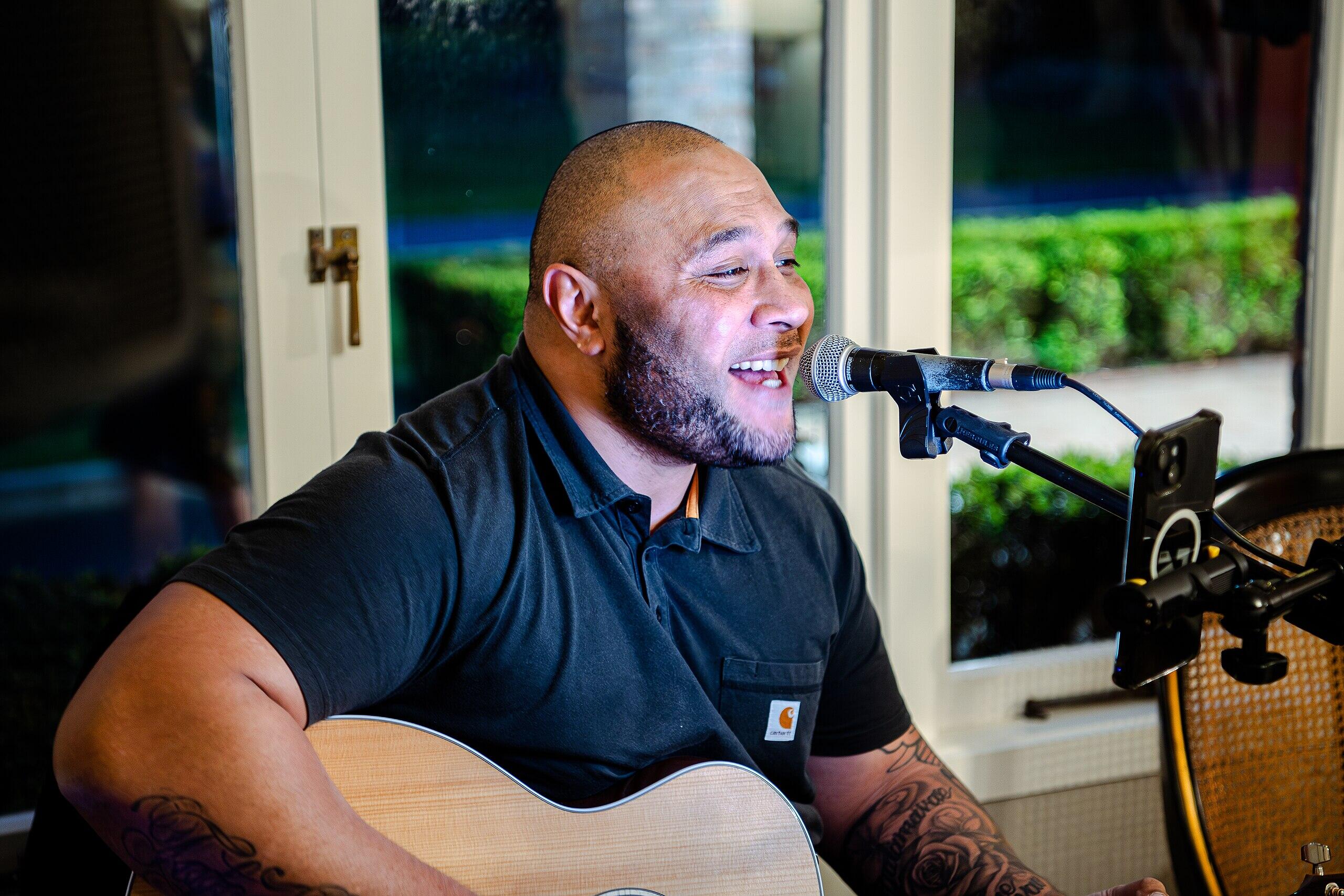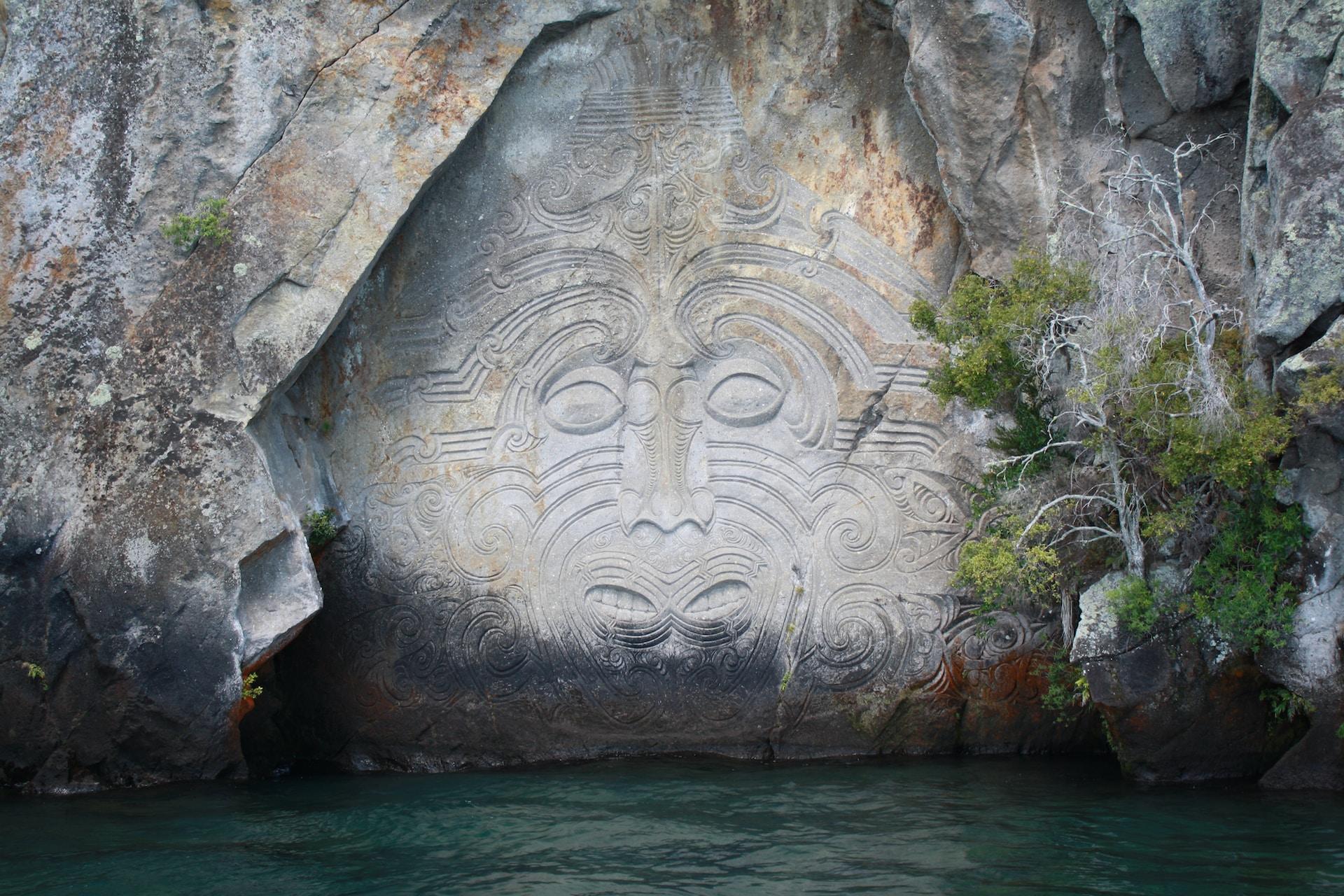The Māori language or te reo Māori is the language of the Māori people. Like any other language, children can learn it and whether you're a parent or an educator, you might be interested in our quick guide to teaching children the language.
Before we get into it, though, we'll have a look at the language itself, why children should learn it, what you need to consider when choosing to teach a child Māori, and how you can go about it.

Māori at a Glance
Only around 50,000 people in New Zealand speak te reo Māori natively or fluently. 186,000 people report being able to speak some Māori.
The story of the Māori language is a fascinating one with both sad parts and some more uplifting parts. We won't be able to go into all of it here, but we can provide a brief introduction to it.
A Very Brief History of te reo Māori
The Māori people are indigenous to New Zealand, which is known as Aotearoa in the Māori language.
Through various waves of migration, Polynesian peoples ended up inhabiting many of the islands across the Pacific including Tonga, Samoa, Tahiti, Hawai'i, Easter Island (Rapa Nui), and New Zealand (Aotearoa).
Unsurprisingly, the Māori language is related to the languages spoken by many of the inhabitants of these other places as part of the Polynesian language family and naturally shares a lot of similarities with them.
The language was widely spoken in New Zealand for around 5,000 years until European colonisation reached Aotearoa.
The English language usurped Māori as the majority language in New Zealand and led to its decline. It was arguably in its worst decline in the 20th century in New Zealand when urbanisation meant that Māori people interacting with and living among English speakers had to speak English.
Māori Today
The decline of the Māori language was likely at its worst in the mid-20th century, which led to efforts to revitalise te reo Māori were being undertaken by Māori leaders, particularly in the 1950s.
Other important political steps like the Māori Language Act of 1987 have helped promote both the language and culture and on a positive note, there have been improvements in recent years to revitalise the language.
The Māori language is still classified as “Vulnerable” by the UNESCO Atlas of the World's Languages in Danger and while this isn't the worst classification possible for languages considered “Endangered”, it's not classified as “Safe”.
Political recognition, mass media, and changing attitudes towards the language have helped the Māori-language revival movement gain traction.

In recent years, Māori and Polynesian representation has also improved in global media and there has even been an increase in the number of dubs and translations of movies, TV shows, books, etc.
Māori revival isn't finished and still has a long way to go to be anywhere near where it was before the European colonisation of Aotearoa, but the current trend appears to be going in the right language.
Reasons Children Should Learn Māori
Language and culture are fairly inseparable and when it comes to learning a language like te reo Māori, which has a long and complicated history, there are lots of different reasons why parents or teachers would want to teach children the language.
Heritage
The Māori language is an almost inseparable part of Māori culture and while there are Māori people who don't speak the language, they can still consider it to be part of their heritage.
For those who want to reconnect with their cultural heritage, learning the language spoken by their families or ancestors is as good a reason as any to learn the language.
Culture
Te reo Māori also allows people to connect with Māori culture whether or not they have any Māori heritage themselves.
Language is a gateway to many cultures, particularly Māori culture, which has many unique cultural practices that can't really be fully experienced without an understanding of the language.
Identity
Much like with a person's heritage, parents may want to teach their children Māori to give them the linguistic tools to express their Māori identity.

Language Preservation
For a language to survive, subsequent generations need to speak it. If the language isn't passed on from generation to generation, it can die and for languages like te reo Māori, which is already considered to be endangered, language preservation is particularly important.
Parents may want to teach their children their language as part of an ongoing community effort to keep the language alive.
Education
For both Māori and non-Māori children, learning a language can be good for their education. Bilingual children tend to perform better academically and there are cognitive and health benefits to being bilingual.
Bilingualism has been shown to reduce the risk and effects of Alzheimer's in later life and children with at least two languages perform better in tests.
Parents may want to teach their child Māori simply for the fact that it could help them in school.
Career
Bilingualism also comes with career benefits and speaking another language can open doors to career choices unavailable to those with just one language.
Children who learn Māori will be able to do jobs in the language. However, even for jobs that don't require the Māori language, bilingualism indicates to potential employers that the applicant is a great communicator, a problem-solver, and driven enough to put the time and effort into something as complicated as learning an additional language.
Things to Think about When Teaching Children Māori
There are plenty of great reasons to teach your children te reo Māori and each parent and child can easily choose the motivators and reasons that best apply to them. However, there are some things you should think about when teaching your child Māori, especially if you're not Māori.
Cultural Respect
It's important when learning something as integral to a culture as a language that you respect the culture or cultures to which the language belongs.
Pay particular attention to what te reo Māori means to Māori identity when teaching your child the language.
When you can, it's a good idea to emphasise the relationship between Māori culture and language.
Cultural Context
Language is an excellent way to explore culture and learning Māori or teaching your child the language will provide you with many opportunities to contextualise the language culturally.
Just remember that when you do that you provide context as respectfully as possible, especially if you aren't part of the Māori culture yourself.
Choosing Resources
The best way to provide cultural context and do it respectfully is by choosing the right resources. For example, there are plenty of resources out there that are being made and developed by Māori creators and educators.

Look for resources that accurately reflect Māori culture and language.
Teaching Approaches
When teaching children, you also need to think about the teaching approaches you use to help them learn the Māori language.
Similarly, you won't need to completely teach them about Māori history, colonisation, etc. in their first lesson. That said, you may end up with some tough decisions about how and what to teach them depending on their age and level.
Professional Development
When teaching a child Māori or any language, you need to think also how it'll affect their education and professional development, especially if you're teaching them for educational or professional reasons.
Ways to Learn Māori
Now, with a lot of the heavy stuff out of the way, we can move onto the lighter and more wonderful side of learning te reo Māori.
Once you understand the gravity and importance of the Māori language and culture, you'll see there are lots of interesting ways to teach children the language.
Children can start learning te reo Māori with basic phrases and vocabulary through fun games and the many resources like apps, videos, TV shows, movies, and music available in the language.
There's also Māori schooling and education available to children of all ages across New Zealand with cultural and educational establishments like Kohanga Reo, Kura Kaupapa Māori, and Wharekura. Children can get their entire education in Māori.
Even without attending a Māori-language school, children can also learn how to speak the language with private tutoring.

On the Superprof website, for example, you can search for te reo Māori tutors across New Zealand and around the world.
Even if you can't find any local Māori tutors, you can always broaden your search to include online tutors. While online tutoring mightn't be suitable for very young children who can't sit still, for bigger kids, it could be an excellent choice.
You can also save money by looking for group tutoring. Group tutorials tend to be cheaper per student as every student is helping pay for the tutors, they usually work out cheaper per student per hour.
With most tutors on Superprof offering the first lesson for free, you can try a few out and see which is the right one for your child.
























